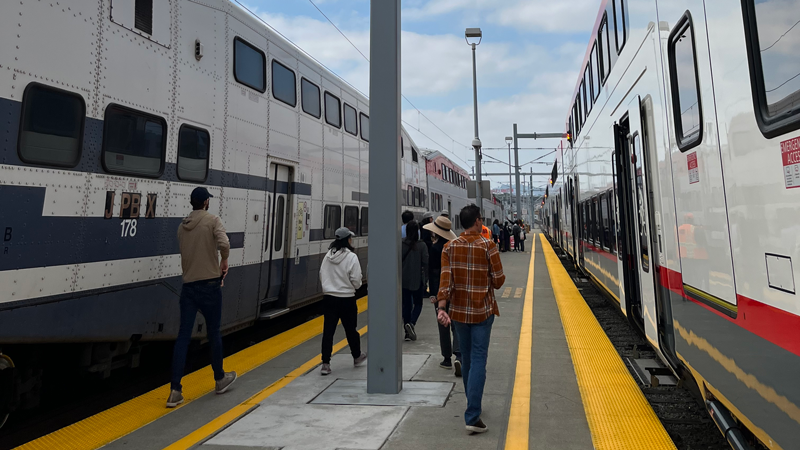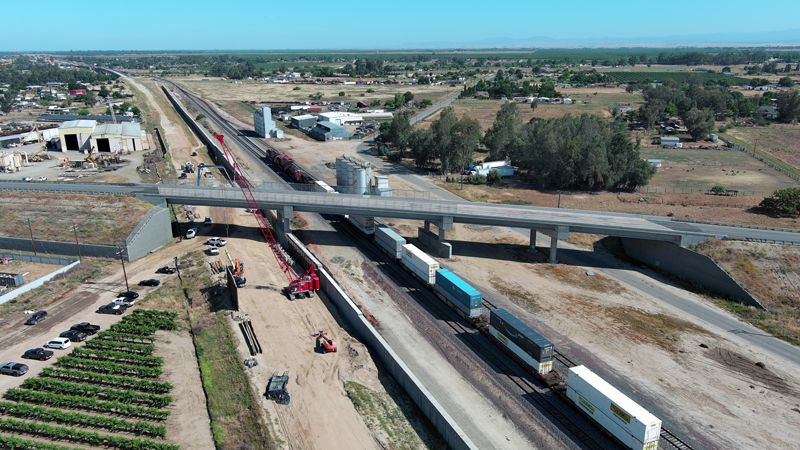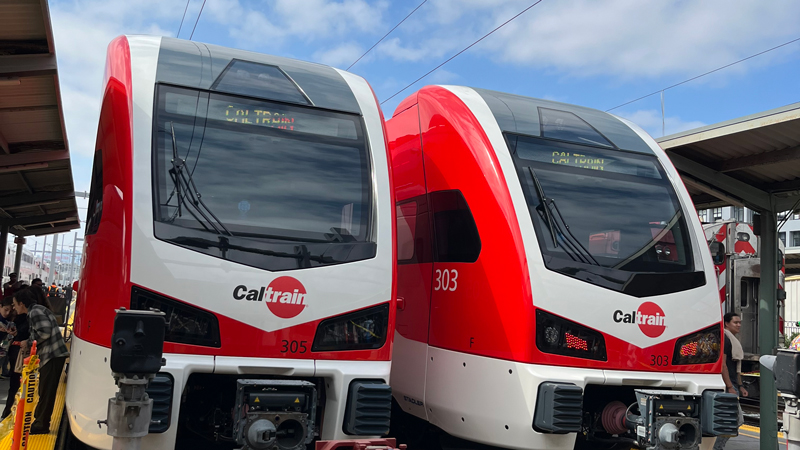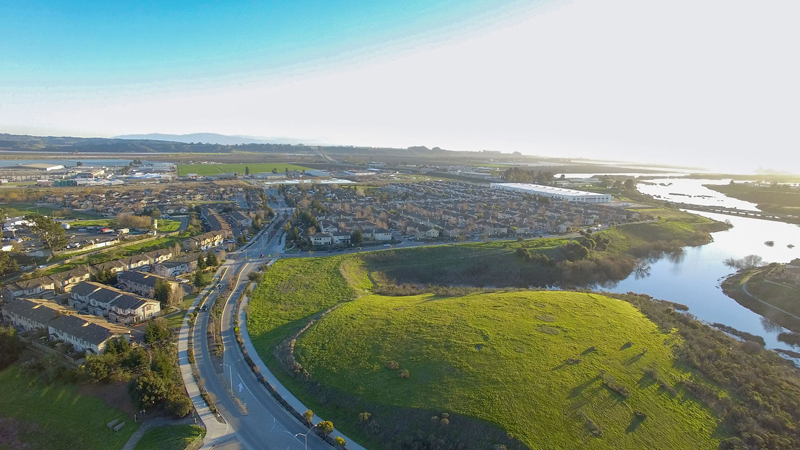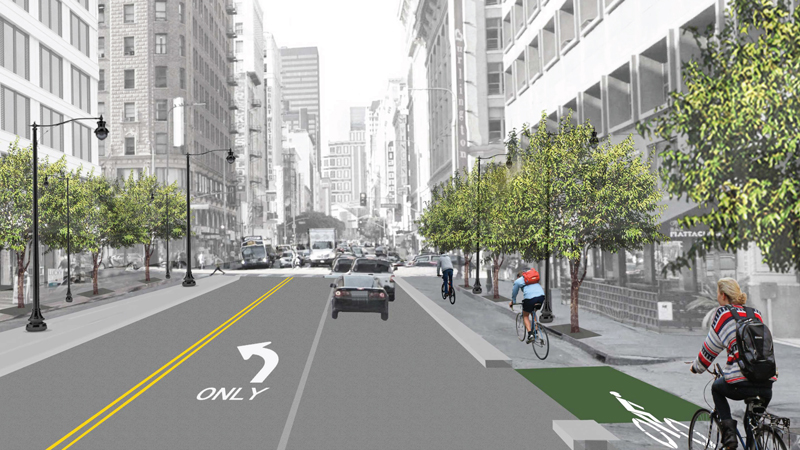Blogpost
2.5 minute read
June 29, 2017
It was a bumpy ride for a while, but California has finally paved the way to make roadway maintenance a top priority.
The Road Repair and Accountability Act of 2017 (SB1), passed on April 6, adds over $5 billion a year in perpetuity for transportation infrastructure. In the first decade, $34 billion will go toward repairs, with most of the money split 50-50 between state and local projects. Another $7 billion is devoted to mass transit projects; the rest is for new bike and pedestrian paths, improving trade corridors and reducing congestion.
Making a Difference for Local Agencies
In one stroke, SB1 allows California’s transportation agencies to make a real dent in the $78 billion shortfall for needed repairs on local roads and streets while reducing the drain on city coffers. That’s why the League of California Cities is applauding the new law, saying that “Every California city will benefit from the additional revenues that will be generated by SB1 for local streets and roads...This transportation package will ensure the safety of our residents, create jobs, support the economy and continue California’s tradition of making smart investments on behalf of the people of this great state." The California State Association of Counties (CSAC) also supports the program, saying that it will "save the public money in the long run."
Highlights of SB1 include:
- $1.5 Billion annually for local street maintenance and rehabilitation/repair;
- $100M additional annual funds for Active Transportation Projects (ATP);
- $200M additional annual funds for Self-Help Counties; and
- Motor Vehicle Fuel (gasoline) Taxes and other vehicle related fees imposed under SB1 will be indexed with an inflation factor that allows the purchasing power of the funds collected and disbursed to keep pace with the economy and inflation.
Next Steps
SB1 is ultimately great news for transportation agencies. The first funds from SB1 will be additional ATP funds which should be made available for the 2017 funding cycle. The California Transportation Commission (CTC) is currently preparing guidelines for each area of SB1 funding. SB1 sets reporting standards that will be determined by CTC as the funding guidelines are prepared.
Here are a few tips on how to focus your funding efforts, based on the law’s priorities:
- Make sure that your agency’s Pavement Management Program (PMP) is current so you can utilize that information in making your project submittal to CTC to receive funding;
- Prepare an expenditure plan based on your PMP so you know that you are getting the best return on your SB1 investment;
- SB1 increases incentives for “complete streets” designs, so make sure you embed these into your planning; and
- The law adds dedicated public transit funding, so it’s time to look at previous ideas with fresh eyes to see if their time has arrived.
What do you think about the new funding bill? Which parts of SB1 do you see as most valuable? Share your comments as we continue the conversation.
Stay up-to-date on SB1 guidelines by visiting www.weareharris.com/sb1
